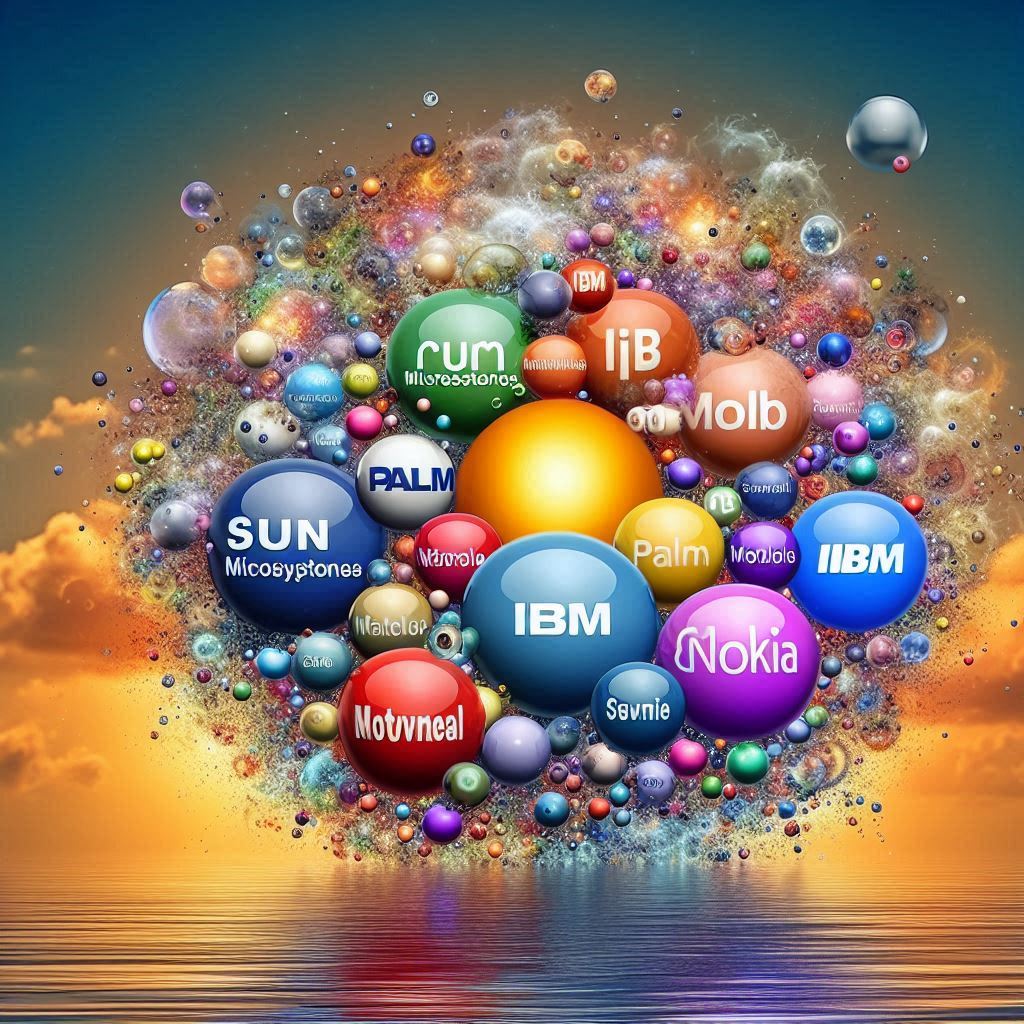In the dynamic world of technology, even the most iconic brands sometimes choose to sell off parts or all of their businesses. These decisions often stem from strategic realignments, market pressures, or the pursuit of new opportunities.
This article explores some notable tech brands that made significant sell-off decisions and the impacts of these moves.
1. Nokia
Nokia was once a global market leader in mobile phones, and dominated the markets in the late 90s and early 2000s. However, with the advent of smartphones and fierce competition from Apple and Android devices, Nokia struggled to maintain its market share.
In 2013, Nokia sold its mobile phone division to Microsoft for $7.2 billion. This move was intended to bolster Microsoft’s mobile ecosystem and give Nokia the opportunity to focus on its networking business.
Despite high hopes, Microsoft’s foray into the mobile phone market did not succeed as anticipated, and it eventually exited the business. Meanwhile, Nokia has successfully pivoted to become a major player in network infrastructure and technology.
2. IBM
IBM, a pioneer in the personal computer market with its first PC launched in 1981, saw intense competition and shrinking margins in the early 2000s. In 2005, IBM sold its PC division to Lenovo for $1.75 billion.
This sale allowed IBM to concentrate on higher-margin businesses such as software, services, and cloud computing. The strategic divestiture also enabled Lenovo to gain a significant foothold in the global PC market, leading it to become one of the world’s largest PC manufacturers.
IBM’s shift has since paid off, with the company becoming a leader in AI, cloud services, and enterprise solutions.
3. Motorola
Motorola was an early innovator in mobile technology, producing some of the first handheld mobile phones. However, by the late 2000s, Motorola struggled to compete with smartphone giants.
In 2012, Google acquired Motorola Mobility for $12.5 billion, aiming to bolster its hardware capabilities and secure valuable patents. Despite initial excitement, Google faced challenges integrating Motorola, leading to its sale to Lenovo in 2014 for $2.91 billion. This acquisition allowed Lenovo to enhance its mobile phone lineup, while Google retained Motorola’s patents to support its Android ecosystem.
4. Palm
Palm, a pioneer in the handheld and early smartphone market, revolutionized mobile computing with its Palm Pilot and later Treo smartphones. However, competition from Apple’s iPhone and other smartphones eroded Palm’s market position.
In 2010, Hewlett-Packard (HP) acquired Palm for $1.2 billion, intending to leverage Palm’s webOS platform. Despite high expectations, HP’s efforts to revive the brand failed, and it eventually discontinued webOS devices. The remnants of Palm’s technology have since found new life in smart TVs and other devices, showcasing the enduring influence of its innovations.
5. Sun Microsystems
Sun Microsystems, renowned for its computer workstations, servers, and the development of the Java programming language, was a significant player in enterprise computing.
However, financial difficulties and stiff competition led Sun to seek a buyer. In 2010, Oracle Corporation acquired Sun Microsystems for $7.4 billion. This acquisition allowed Oracle to integrate hardware and software solutions, enhancing its enterprise offerings.
The move also ensured the continued development and support of Java, a critical component of Oracle’s software ecosystem.
The sell-offs of these iconic tech brands highlight the evolving nature of the technology industry. Strategic realignments, market pressures, and the pursuit of innovation drive companies to make significant changes.
While some acquisitions, like Lenovo’s purchase of IBM’s PC division, have led to new growth opportunities, others, such as HP’s acquisition of Palm, underscore the challenges of integrating and revitalizing acquired brands. These transformations reflect the dynamic landscape of technology, where adaptation and strategic pivots are essential for long-term success.



